Long considered aberrations in his artistic career, René Magritte’s sunlit surrealist and vache pictures have recently been reassessed by art historians and critics not only on their own terms but also in relation to the notion of “bad painting.” The two bodies of work have often been discussed separately, since they are stylistically dissimilar and the latter was produced specifically for Magritte’s first solo exhibition in Paris, in 1948. Nevertheless, there is good reason to think of them as related. Both series are almost unrecognizable as “Magrittes,” and one followed directly after the other, together spanning World War II and the immediate postwar period. Far more than a neutral background, historical events may have helped shape, if not determine, the nature and terms of these works more than has until now been presumed.
The sunlit surrealist and vache paintings are deeply, thoroughly weird, not only in their iconography but also in their departure from Magritte’s long-established style, palette, and facture. Whereas previously Magritte acknowledged only the artistic influence of the Italian Surrealist Giorgio de Chirico, the sunlit surrealist works refer—sometimes quite directly—to late paintings by Pierre-Auguste Renoir. But examples such as La moisson (The Harvest), with its harlequinesque, multicolored limbs, torso, and head, are far closer to parody than pastiche. Certain vache works evoke other artists: the sinuous contours of several female nudes recall those of Henri Matisse, and the intense hues and crude brushwork in other pictures have invited comparison to German Expressionism. With their penis-nosed grotesques, lurid colors, and bodily eruptions, the vache paintings have been described as “look[ing] like nothing so much as the missing link between James Ensor and Zap Comix.”
The subject matter of both series is as striking as the radically different styles in which they are rendered. A prime example of sunlit surrealism is La bonne fortune (A Stroke of Luck). Rippled brushstrokes describe sky and ground, while an obelisk headstone dominates the background. The cemetery setting, the (arguably) phallic monument, and the floral wreath of the kind placed on soldiers’ graves are perhaps not incidental to the postwar context of the work’s creation. The principal subject, however, is a pig, its head and one tiny, beady eye turned toward the viewer. Unlike Magritte’s more familiar depictions of figures or objects, this canvas makes no attempt to evoke the actual animal: it stands upright, it wears a dark and thickly painted jacket, and the shape of its head is more human than pig-like. Despite the impressionistic brushstrokes and colors—dominated by sugary pinks, corals, and oranges—whatever this is, like La moisson, it certainly is not Impressionism, a style grounded in ideas of visual and perceptual truth that Magritte’s work systematically repudiated. Another strange element in several sunlit surrealist scenes is the substitution of objects for suns, radiating cursory beams. Perhaps the most delirious of these proxies appears in Le lyrisme (Lyricism), where the sun has become the pear head invented by the satirists Honoré Daumier, Charles Philipon, and J. J. Grandville as stand-ins for Louis Philippe I, the constitutional monarch installed after the French revolution of 1830. But why would Magritte have reprised these caricatures? Was this choice determined by Louis Philippe’s identification with and enrichment of the powerful bourgeoisie—nemesis of all Surrealists—and the belief that such images fostered the 1848 uprising that led to his overthrow?
Among the vache works, consider, for example, La famine (Famine), which shows a loosely painted chain of heads, apparently eating one another. Their features are cursorily indicated, obscuring distinctions between mouths, tongues, and phallic noses or beaks. Is a literal interpretation of this picture—an acknowledgment that in famine, people may be reduced to cannibalism— possible or even appropriate? The cartoonish style neutralizes any impulse to link the image to its title—as is the case with Le stropiat (The Cripple). Here an equally crudely rendered man is frontally positioned against an undefined background. Sporting a Phrygian cap and spectacles, with eight pipes sprouting from his beard, mouth, eye, and forehead, is this figure to be understood as a self-reflexive reference to Magritte’s famous pipe motif? Should Le stropiat or La famine be seen as comical, or vicious? Is the language of art criticism or art history suitable or useful to make sense of such works, or should they be disregarded as aberrations or jokes?
That the vache paintings and gouaches, rapidly made over five or six weeks in 1948, were intended as provocations to the French art world is a necessary but insufficient explanation for their perversity and insistent “badness.” Certainly there was more than a whiff of conspiratorial glee surrounding their production and exhibition. Unsurprisingly, not a single picture in the show sold; Magritte’s Brussels and London dealers, P.G. Van Hecke and E. L. T. Mesens, were appalled, and for the most part, the French press found the compositions unfathomable and easily dismissed. That is to say, bad. Still, there are reasons to reckon with them seriously—the form, facture, and subject matter are so defiantly non-Magrittian as to suggest calculation and raise questions of interpretation that exceed their deliberate provocation. The same can be said of the sunlit surrealist series: if any artist was temperamentally (and aesthetically) averse to apparent spontaneity or expressionist indulgence, it was Magritte. If these works look spontaneous, that was a no less strategic decision.
One way to consider both series might be in relation to “madness,” not in the sense of mental disorder but in terms of the range of emotions from rage and anger to irritation and frustration. This anger may have had wellsprings other than the Surrealists’ principled loathing of capitalism, militarism, religion, and the bourgeoisie. One should at least entertain the possibility that the war and occupation contributed, even subliminally, to the outrageousness of both bodies of work.
Germany’s invasion and occupation of Belgium began in May 1940. Initially Magritte and several surrealist friends, including Louis Scutenaire, Irène Hamoir, and Raoul Ubac, fled to France, where Magritte stayed until August. Once back in Brussels, judging from his correspondence, it is as though normal life was restored. Yet by December all Jews holding official positions were fired; in 1941 the word Jew was added to Belgian identifying documents, and Jewish children were expelled from the schools. By 1942 the occupation had become yet more oppressive, and food shortages were endemic—especially in cities, where all food was rationed. Even bread was sometimes unavailable. A thriving black market emerged, some of it run by Germans, some by enterprising Belgians. Citizens were taxed to pay for their own occupation and military operations elsewhere. Censorship was imposed on all news media. Almost two hundred thousand Belgians were conscripted and sent to Germany as forced labor. By the war’s end, 40,690 Belgians, over half of them Jews, had been killed. Allied bombings were themselves responsible for many deaths.
But throughout the occupation, the art market continued to function. Paintings were bought and sold, galleries opened and closed, and exhibitions took place, if sometimes semi-clandestinely. Most of the Belgian Surrealists retained their day jobs; continued to publish tracts, journals, pamphlets, and manifestos; and exchanged witty and apparently carefree letters. Magritte and his friends met almost weekly and went to the coast on their holidays. Besides Paul Nougé, who was conscripted into the French army and demobilized after two months, only Marcel Mariën, the youngest of the Belgian group, was called up, subsequently spending three months in German camps. Only the Jewish Fernand Demoustier—better known by his pseudonym, Fernand Dumont—lost his life; he died either en route to or in the Bergen-Belsen concentration camp.
The photographs and short films Magritte produced in these years are antic and playful, and he rarely linked his art to external circumstances. In a 1944 letter to Mariën he wrote: “So I’m taking refuge in the ideal world of art. An idealist position, you’ll tell me. Well—all right. But it’s only a way of amusing myself, after all, and that’s the main thing. And the noisier reality becomes, the less reluctant I am to escape from it as much as possible.” Another letter notes, “The German occupation marked the turning point in my art. Before the war, my paintings expressed anxiety, but the experiences of war have taught me that what matters in art is to express charm. I live in a very disagreeable world, and my work is meant as a counter-offensive.” These are uncharacteristically tepid remarks given the horrors of the period, but they have generally been taken at face value, possibly because the war barely features at all in Magritte’s correspondence and other writings. Nevertheless, his statements need not mean that the war and occupation did not produce cultural or psychic symptoms in his oeuvre. His assertion that “what matters in art is to express charm” is, as we have seen, belied by the manifest charmlessness of the works themselves.
At least two vache canvases feature hams, perhaps alluding to wartime food shortages, but it is not subject matter as such in Magritte’s paintings of this period that link them to their time and place. Far more suggestive is their blatant cynicism: the parodic qualities of the sunlit surrealist compositions and the violence and disgust of the vache pictures, which are dense with fetishistic references and a manic deployment of fecal, phallic, and castration imagery. To be sure, these motifs can be identified throughout Magritte’s career; despite his frequent denunciation of psychoanalytic readings of his work, no one was more adept at translating Freudian concepts into iconography. But a distinction can be drawn between his canny exploitation of psychologically charged themes—think here of the still-shocking Le viol (The Rape), reprised in a sunlit surrealist version—and what might be identified as a form of unarticulated or repressed rage at being subject to fascism, one of the threats that the Surrealists had sought to resist throughout the 1930s.
Magritte joined the Belgian Communist Party in 1945 and had contributed graphics and posters to it before the war. But during the occupation, though he fully identified with the revolutionary aspirations of Surrealism, Magritte, like most of his cohort, had no known contact with the Belgian resistance. The weirdness of his sunlit surrealist style and the brutality of his vache works may be symptomatic of the contradictions of his position as a putatively subversive artist and the acquiescent circumstances of his daily existence. At a time when the guise of the respectable bourgeois incarnated by Magritte’s bowler-hatted man, often construed as a kind of alter ego, could not fully contain these inconsistencies, the series can perhaps be seen as means of rebellion, conscious or not: forms of protest against the status quo—be it the German occupation or merely business as usual. The perversity of these bodies of work suggests that Magritte’s statements about his intentions were either a kind of camouflage or part of a more general repression.
After the 1948 Paris exhibition closed, Magritte acknowledged that the vache paintings were a form of “slow suicide,” referring specifically to their lack of buyers. By 1949 he had returned to his signature style; his economic situation progressively improved, and the sunlit surrealist and vache works were effectively marginalized as short-term aberrations in an otherwise coherent oeuvre. They did not figure in his most important international exhibitions of the 1950s. Suggestively, his next extended series featured a wooden coffin as its central motif—a fitting coda for the war and occupation, whereby its horrors could be more safely and profitably sublimated into the language of art.
Abigail Solomon-Godeau is a professor emerita of art history at the University of California, Santa Barbara. She is the author, most recently, of Photography after Photography: Gender, Genre, History (2017). Her numerous essays on photography, art, and feminism have been widely anthologized and translated. She lives and works in Paris.
ad or Bad? Magritte’s Artistic Rebellion,” by Abigail Solomon-Godeau, was published in Rene Magritte: The Fifth Season, published in 2018 by the San Francisco Museum of Modern Art in association with Distributed Art Publishers, Inc., New York, in conjunction with the exhibition of the same title at SFMOMA, open May 19 through October 28, 2018.
from The Paris Review https://ift.tt/2IiENw5
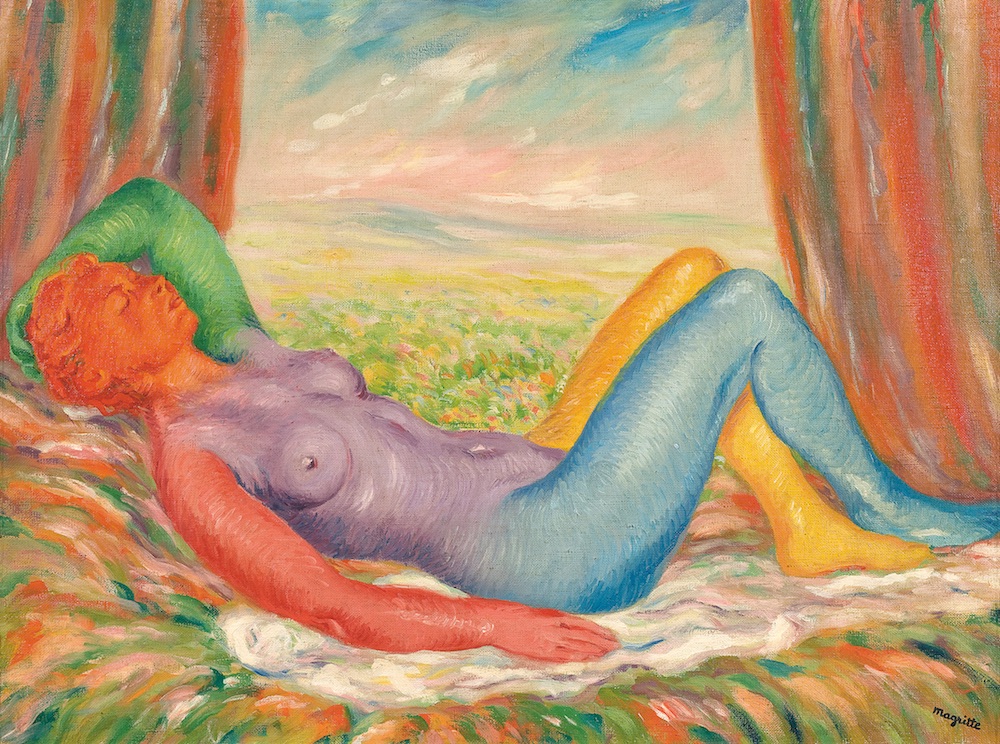
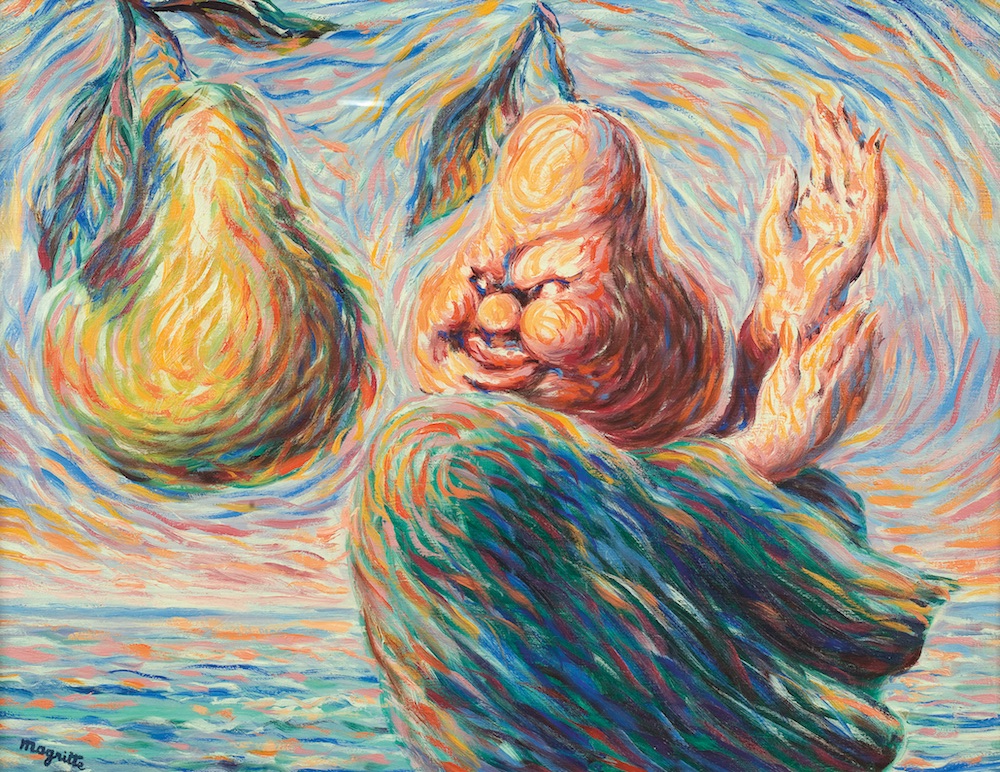
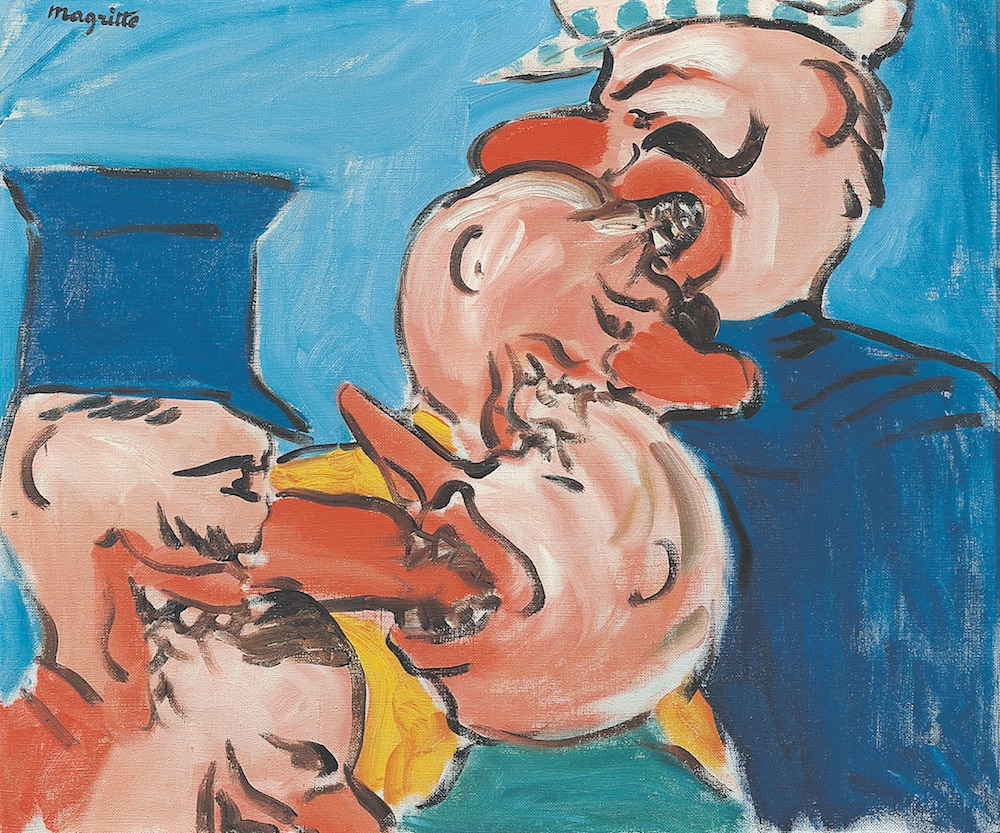
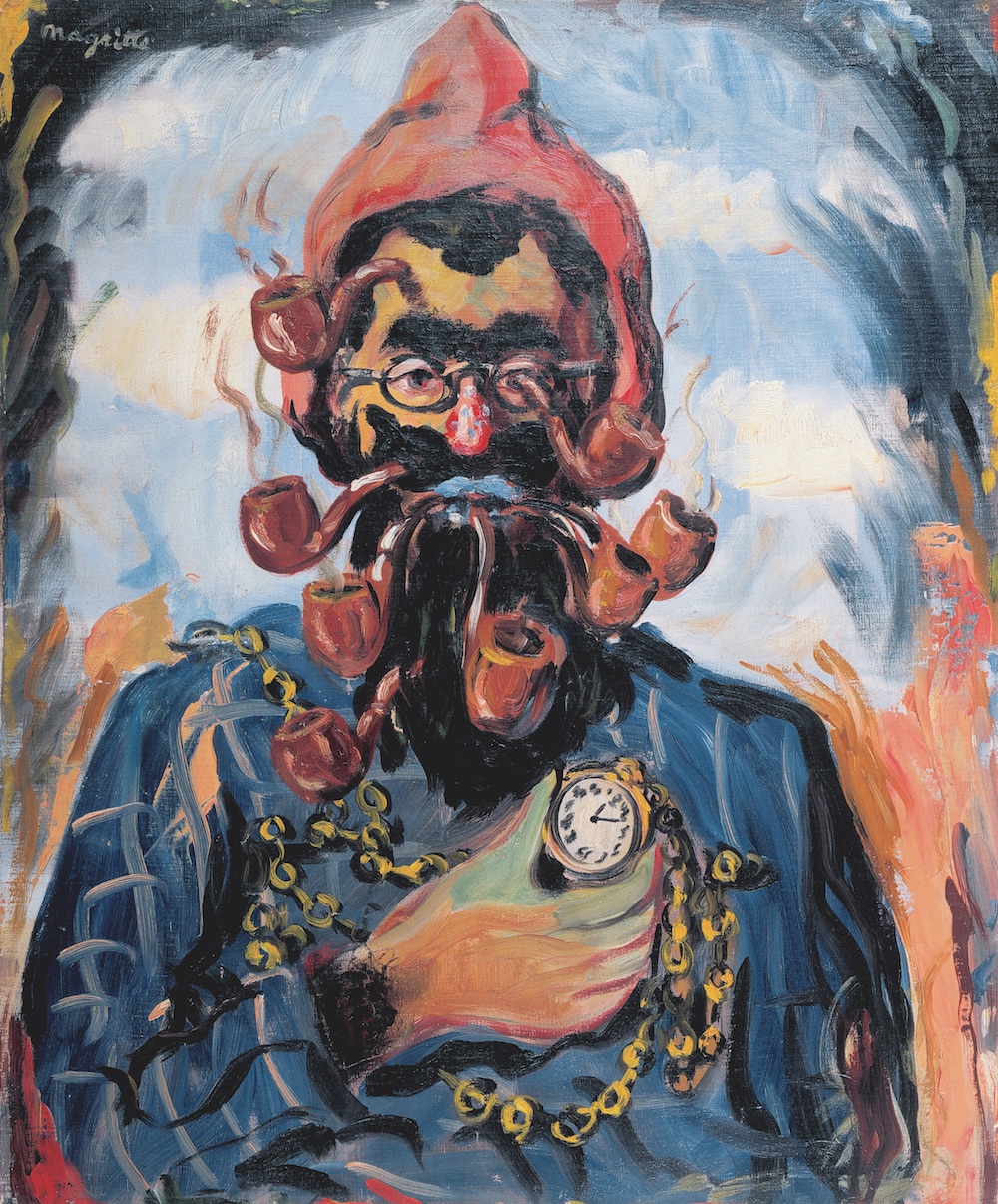
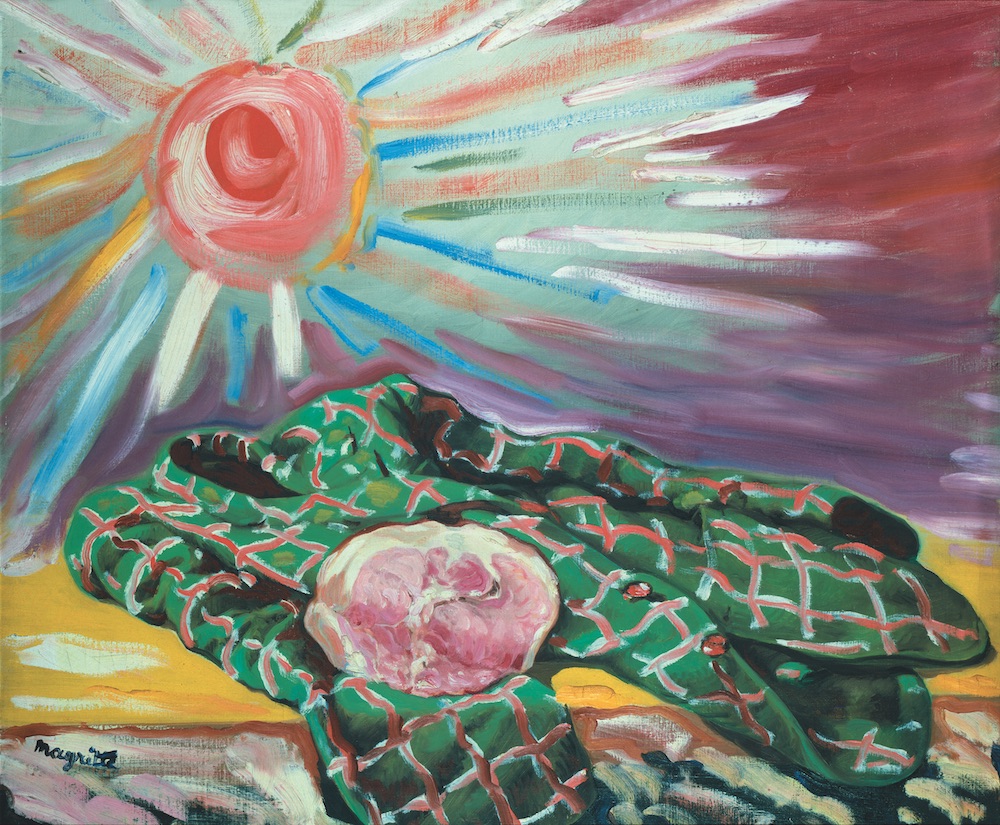
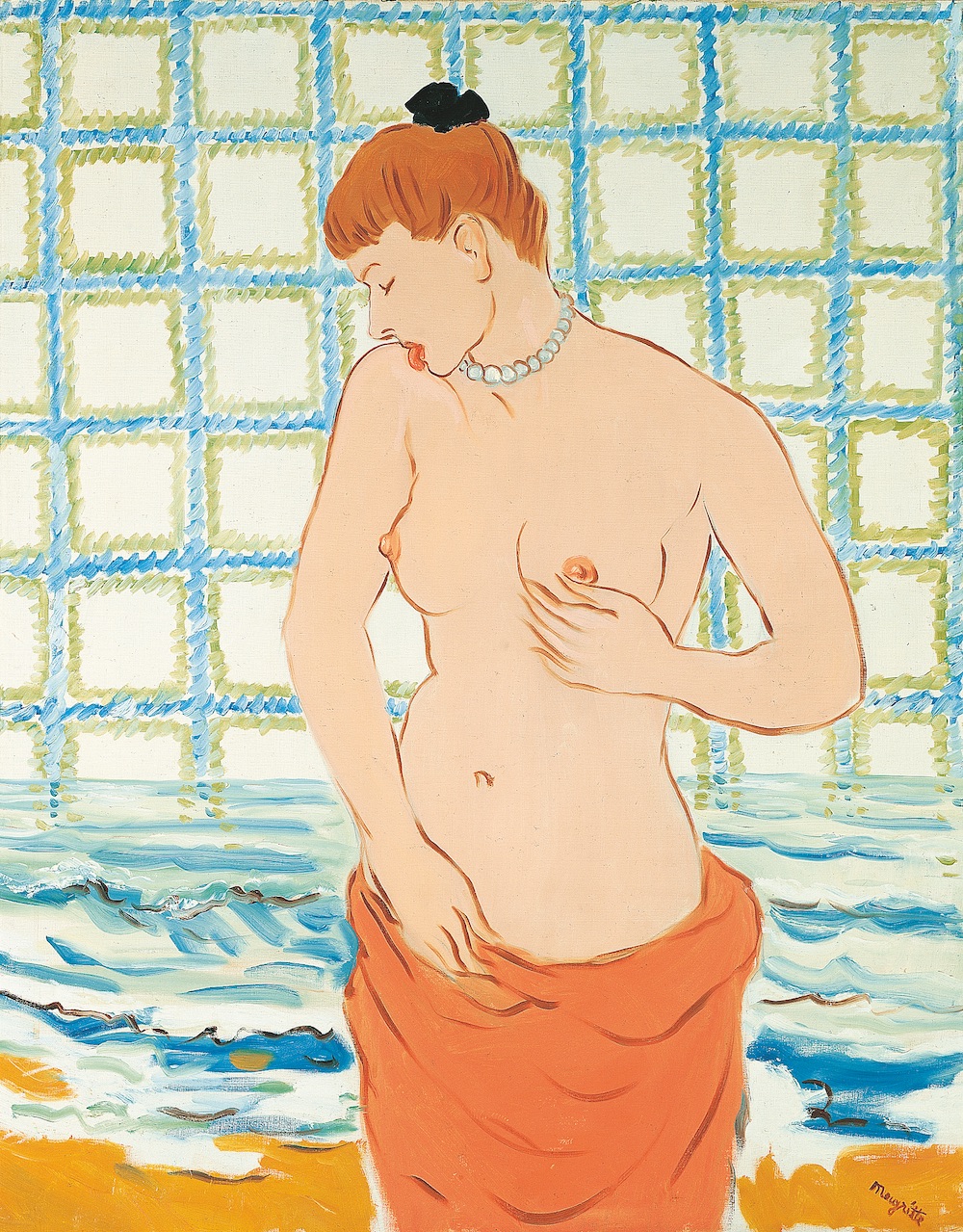

Comments
Post a Comment